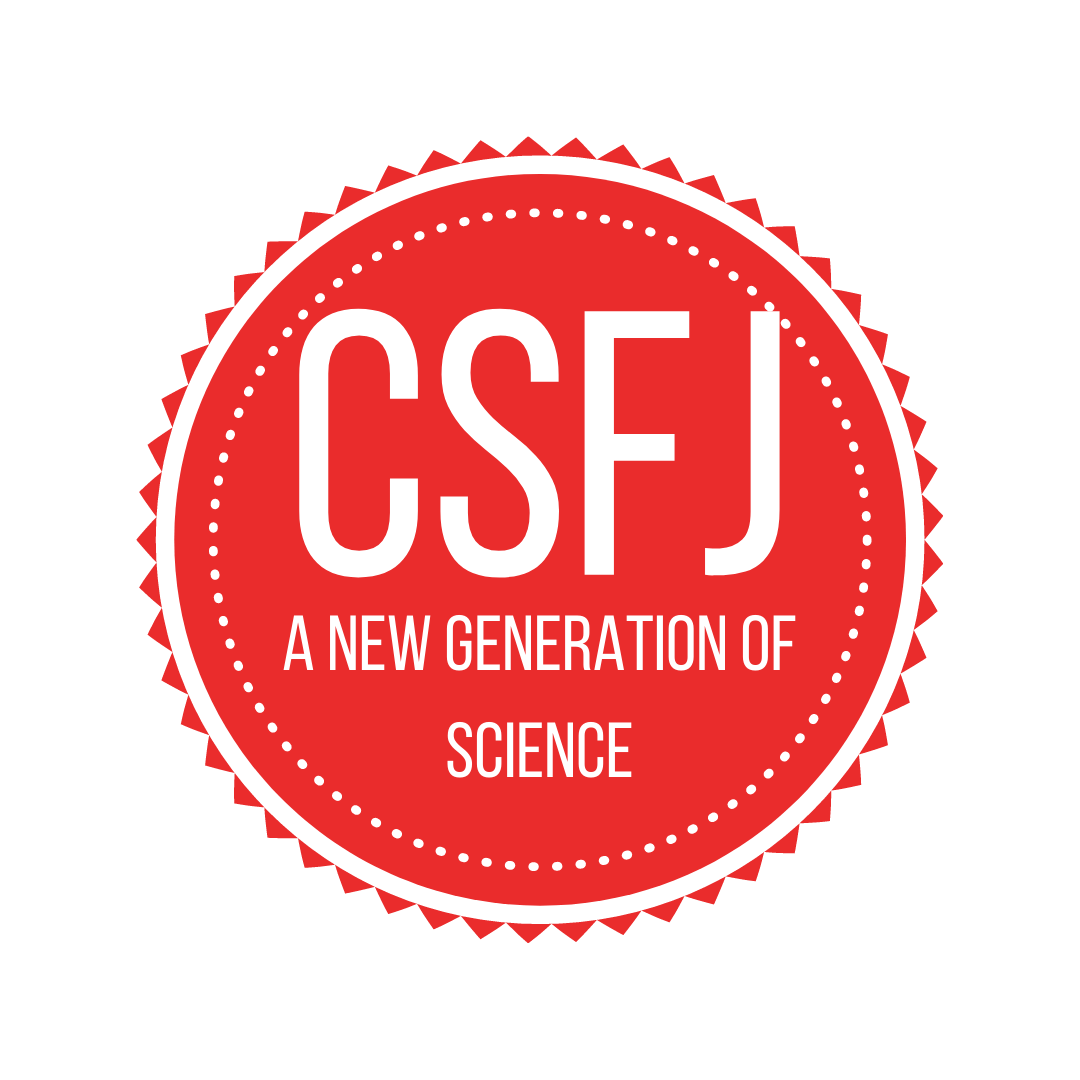November 2023
Volume 6 Issue 3
by Katelynn Wu & Moulik Budhiraja
Braille literacy rates worldwide are alarmingly low, with only 10% of the visually impaired population in North America being braille-educated and much less in other areas. The project aims to take a novel approach to braille education by creating an innovative device that allows visually impaired individuals to self-learn braille effectively while maximizing independence. The project’s ultimate goal is to fight the global braille literacy crisis by using a low-cost approach to promote accessibility for the visually impaired population.
by Maria Huang
Honey has long been used in traditional medicine as a topical treatment for wounds in countries across the world, as it is known to accelerate healing, help reduce odour, edema (swelling), exudate, (fluids from wound) and scarring. This is due to properties such as high viscosity, low pH, and high sugar content. Although the low water content of honey allows it to be a useful topically, it is more notably used for its antibacterial qualities because it contains hydrogen peroxide, one of the products of the process of glucose oxidation. However, because glucose oxidation requires honey to first be diluted in order to be activated, the correlation between the water content in honey and the effectiveness of its antibacterial properties has become a point of discussion.
by Errita Xu
Recognition of the environmental and physical implications caused by the widespread and growing use of road salts has sparked urgency amongst civilians, scientists, and governments globally. From freshwater acidification to vegetation loss, the widespread use of road salts is further damaging and degrading urban ecosystems. To determine the best alternative, beet juice, corn juice, and grape skin agro-based deicers were tested in comparison to the predominant traditional road salt, sodium chloride (NaCl). 14 treatments were formulated, and the deicing ability and environmental impact on vegetation were experimentally assessed. It was concluded that beet juice was the most effective and least environmentally toxic agro-based deicer, as well as being the most affordable, accessible, and socially feasible.
by Sayandeed Dey
Early detection of cancer is currently one of the most researched topics in the medical field. One of the most prevalent cancers where treatment planning would benefit from early detection is pancreatic cancer, which ranks fourth in Western countries. Histopathology and/or cytology are the "gold standard" for pancreatic cancer diagnosis, however, they are ineffective in early-stage detection. Deep Learning (DL) offers advantages in analyzing large volumes of medical data, particularly medical images such as X-rays, CT scans, MRI scans, and ultrasound images. The objective is to integrate an AI algorithm into the radiology workflow as a "second reader" to enhance diagnostic confidence and potentially detect early pancreatic cancer missed by radiologists.
by Thomas Liang & Arjun Mehta
Epinephrine, also known as adrenaline, is a hormone and neurotransmitter that is responsible for the “fight or flight” response to stressful situations (Harvard Health, 2020). Some symptoms of an adrenaline rush include increased heart rate, heightened senses, rapid breathing, and the release of stored sugars and fats (Harvard Health, 2020). You may recall some of these symptoms the last time you were giving a public speech or being chased by a grizzly bear. To learn more about how this chemical messenger works inside your body, we will explore how epinephrine communicates with target cells, maintains homeostasis after systemic disturbances to the system, and its impact on cellular respiration.
by Kibo Nagasaki
In this study, I hypothesized that the power of words and the method through which they are spread can influence democracy. To test this hypothesis, the following two studies were carried out. First, the relationship between the spread of information on Twitter about the shortage of toilet paper and actual toilet paper sales were studied. This was because the backfire effect and distrust of the government and technology seem to have little effect on people's buying of toilet paper. Secondly, the words Hitler frequently used in his speeches were analyzed. In this study, the words in Hitler's speeches from the German-Austrian bilateral Nazi party conference in Salzburg on August 7, 1920, to January 22, 1933, just before the Nazi party took power, were extracted and their characteristics were investigated.







